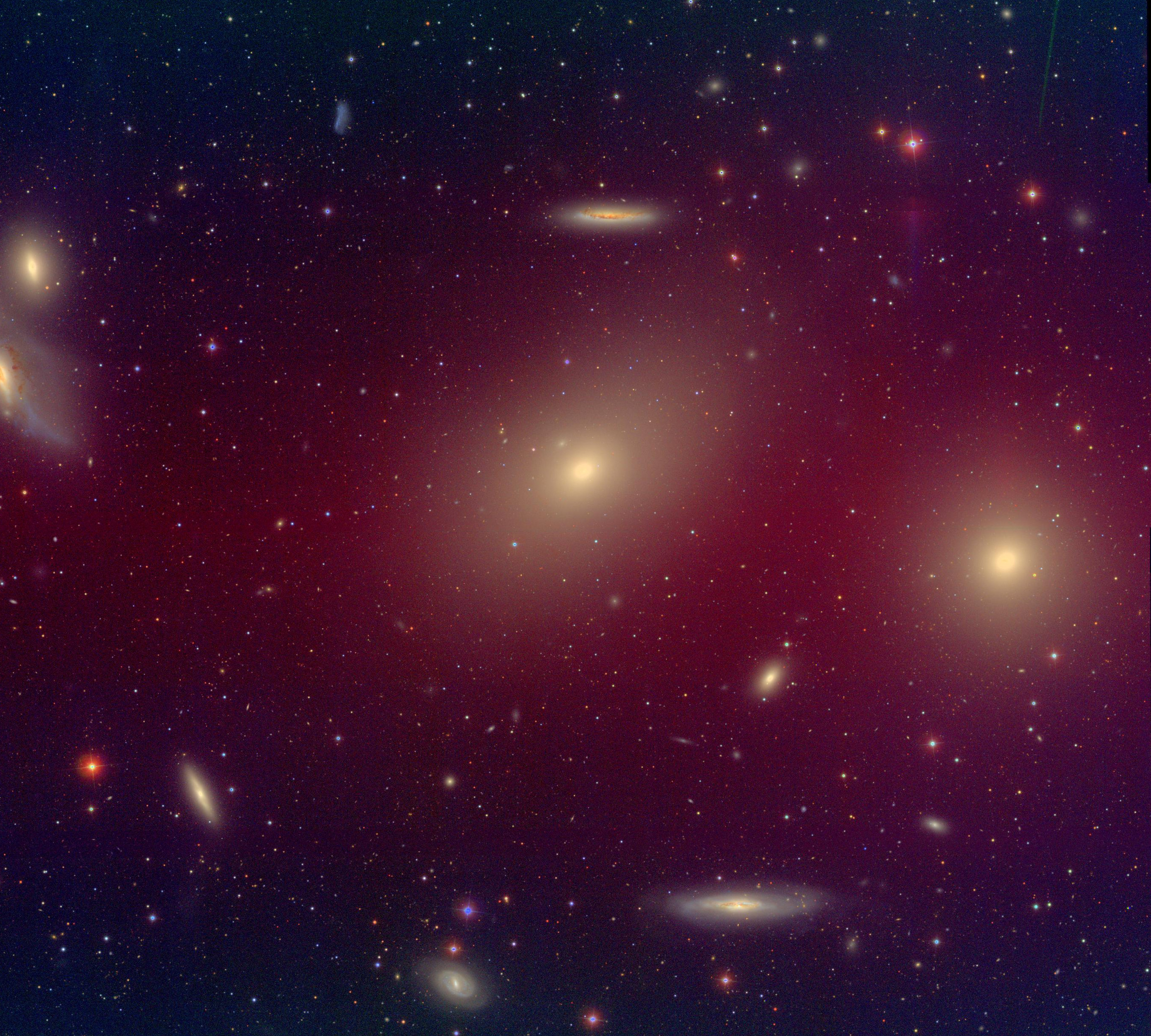
Galaxy evolution in cosmic time
Galaxies exhibit a clear bimodality: the so-called red sequence, dominated by galaxies with quiescent star formation and old stellar populations, and the blue cloud, containing mainly star-forming galaxies. How the star-formation stops and form quiescent galaxy is hotly debated. I extract the ages of the stars and the recent star-formation histories encoded in the continuum spectra of galaxies at present day and in the early Universe, in order to understand how the galaxy population evolves in cosmic time.
Publication: Wu et al. 2018a, Wu et al. 2018b

Post-starburst galaxies
I study a special population of galaxies, post-starburst galaxies. These are objects whose star-formation just shut off very recently. I use them as proxies to access the physical conditions when galaxies transform from star-forming to quiescent. There are a few on-going projects: * Probing the molecular gas in high-z post-starburst galaxies with ALMA. -- To understand the interplay between stars, star-formation rates, and gas. * Finding analogs of high-z post-starburst galaxies in local IFU surveys. -- Spatially resolved stellar populations. -- Kinematics * Searching post-starburst galaxies in high-z large-scale structure -- Disentangle the interal (mass) and external (environment) mechanisms.
Publication: Wu et al. 2014, Wu et al. 2020, Wu 2021

The effects of environments on galaxy evolution
The physical properties of galaxies is known to be dependent on their environments, i.e., the local density or whether they live in galaxy clusters. I participate in campaigns to observe large-scale structures in the early universe, when galaxy clusters are still assembling. The data set reveals the interplay between the formation of galaxies and the cosmic web.
Publication: link to adsabs

Bridging Simulation and Observation
State-of-the-art cosmological hydrodynamical simulations have been able to produce galaxy populations at z=0. The successes lend us confidence that we can use galaxies in simulations to learn about galaxies in the real Universe. I am working on establishing the mapping from observables (colors and spectral features) to star-formation histories from the IllustrisTNG simulation.
Reference: Wu et al. 2021

Galaxy scaling relations
Despite the complex processes taking place during their formation, galaxies exhibit tight correlations among their structural, dynamical, and chemical properties. These correlations have put tight contraints on theories of galaxy formation.
I have been working on establishing empirical galaxy scaling relations in mutil-dimensional parameter spaces and guiding theoretical works.
Publication: Wu 2018, Wu et al. 2017

Chemical Evolution
Heavy elements in the Universe are produced by nuclear synthesis processes in stars and released into the interstellar medium then affect the next generation of star-formation. The metal content in the ISM of galaxies is affected by all components of the baryonic cycle: gas accretion, star-formation, and galactic outflows.
I use the metal content in the HII regions as probes for their formation histories. I combine the metallicity inferred from emission line diagnostics and analytical chemical evolution models to probe how different physical conditions affect galaxy evolution.
Publication: Wu et al. 2015, Wu et al. 2017